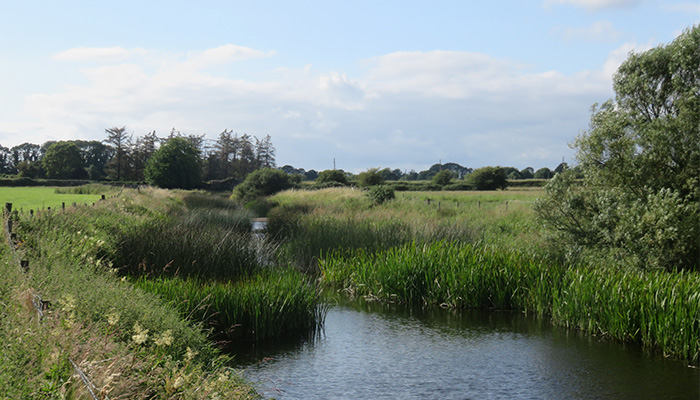18 May 2025
40 potential water quality improvement measures to choose from

With a total budget of €50 million to benefit 15,000 farmers up until 2027, Teagasc ASSAP Advisor in Teagasc Galway/Clare, Sinead Devaney reminds us of some of the key actions available under the Farming for Water EIP.
The Farming for Water EIP, which is a European Innovation Partnership (EIP), is well-bedded in and a steady stream of applications are being submitted to the Farming for Water team. This EIP is funding measures which will deliver on improving water quality.
These include stream fencing, alternative water supply, nose pumps, solar pumps, fenced margins, riparian buffer zones, hedge and tree planting etc., for farms within Priority Areas for Action. There are over 40 measures to choose from which include completing a rainwater management plan, a farmer training course and a Nutrient Management Plan.
A targeted project
The key point to note is that the Farming for Water EIP is a targeted project, targeted to Priority Areas under the Water Framework Directive. Furthermore, within these areas, priority is given to farms that have received an ASSAP advisory visit in the years since the ASSAP programme commenced in 2018, to restore water quality to good status.
These are farms that may, for example, have been recommended to fence off a watercourse and provide an alternative drinking water supply for animals, or perhaps put a riparian buffer area in place to protect against nutrient run-off, such as Phosphorus, and sediment from making their way off the land and into watercourses (stream or open surface drain).
At the time of recommendation, these water quality measures were not covered by any financial incentive and still are, for some farms, in excess of legislative requirements and therefore were not acted upon, by the farmer. The Farming for Water EIP now provides this financial incentive to carry out the necessary water quality measures.
The Farming for Water EIP is a pilot project which is open on a continuous basis up to 2027. It is targeted to farmers whose land is in these priority catchments where targeted water quality improvements are needed.
